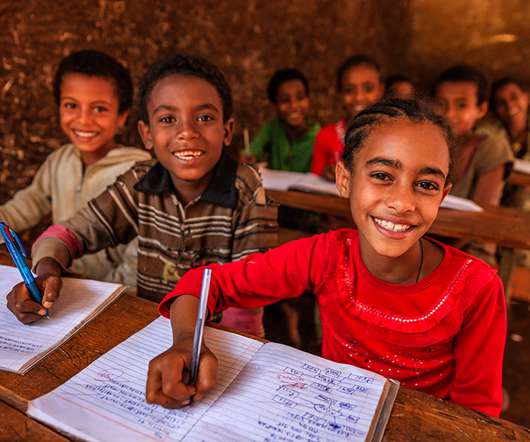Guest Post: Community and Civic Engagement in Museum Programs
Museum 2.0
SEPTEMBER 26, 2012
Visitors bond and bridge through participatory experiences at MAH. Design to Invite Active Participation Participatory design can be one of the most effective vehicles for developing relationships, building social capital and engaging with community members in museum programs. Cardboard tube orchestra at Radical Craft Night.












Let's personalize your content